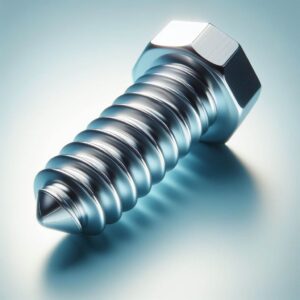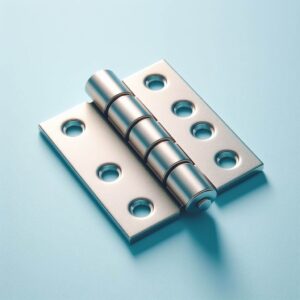Nut & Bolt
A bolt is a long piece of metal with a rounded shank for a body that is threaded in a helical (circular) fashion. The bolt body has a head at one end that allows it to be twisted into an object or nut. Bolts come in different length sizes while nuts are standard sizes. Bolts are subjected to tensile forces, and it is the tensile stress that causes them to fail.
Both the bolt and the nut grip the materials being fastened, creating a bolt joint, with the nut also preventing axial movement. The effect of the bolt joint comes down to the axial clamping force provided by the nut and the shank of the bolt, which acts as a rod that presses the joint against sideways shear forces.
Nuts and bolts are commonly made of steel, but they can also be made of other materials such as brass, aluminum, or even plastic. The material used depends on the specific application and the requirements of the fastener, such as its strength, corrosion resistance, and the type of bolt it will be used with. Nuts and bolts are available in a variety of shapes, sizes, materials, and thread patterns. While your selection of a nut is somewhat constrained by your choice of bolt, particularly in terms of size and threading, you still should select the nut head shape and material that is most suitable for your application.




